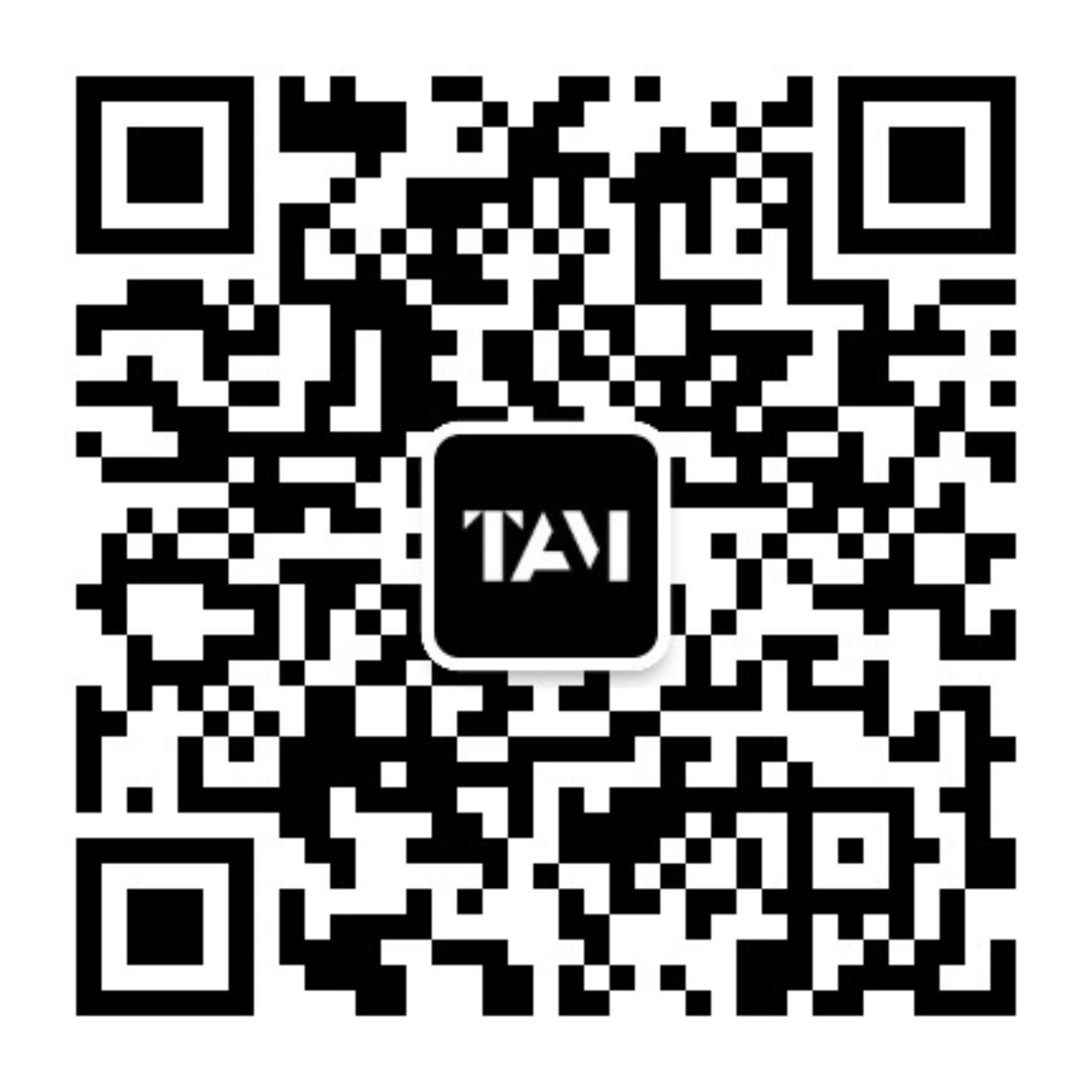
Hou Bo/Meng Qingbiao
Official Portrait of Chairman Mao ZeDong
1959
Gelatin silver print
Before 1950, leaders of the newly founded republic including Mao Zedong did not have their official portraits. Chairman Mao’s portrait hung above Tian’anmen Gate-tower at the Founding Ceremony in 1949 was painted by Zhou Lingzhao according to a picture of Chairman Mao with an octagonal cap and in a tweed uniform which was taken by Zheng Jingkang at Yan’an in 1945. During Chairman Mao’s visit in the Soviet Union from December 1949 to February 1950, a U.S.A newspaper published the photos of Mao and Stalin. The latter used an official portrait in which Stalin wore a Grand Marshal uniform, while Mao’ picture was still the old one taken in Yan’an. Therefore, taking photos for Chairman as official portrait became an urgent political task. The government published four versions of Chairman Mao’s official portraits in 1950, 1951, 1959 and 1964. The first and second versions were Chairman Mao’s image modified from previous group photos. The third and fourth versions were produced by Hou Bo, Meng Qingbiao and Zheng Jingkang with photo-taking, modification, and refining. The plate maker for the four versions was Master Chen Shilin who served as the chief of the “Working Group of State Leaders’ Photos”.
The official picture exhibited this time is the third version and the most popular one. The giant portrait hung above Tian’anmen Gate-Tower from 1960 to 1966 was painted on the basis of this picture. Chen Shilin recalled, “For the tenth anniversary of P.R.C, with Chairman Mao’s approval, a department of the central government decided to take pictures for him and produce an official picture. At that time, two photographer reporters took a half-side picture of Mao at his residence in Zhongnanhai. The picture was developed a high clarity and a good skin texture. But with higher requirements, there are some shortcomings in the picture with many places to be processed and trimmed. “The “reporters” Chen Shilin mentioned were Hou Bo and Meng Qingbiao. The negative was clear, but the light and shadow on Chairman Mao’s face was irregular for the lighting was not soft enough. Besides, the lampshade showed in the background, the clothes had dress wrinkles, and the white shirt’s collar was not neat enough. Chen Shilin solved all the above issues in the dark room. He copied the negative by reversed development and processed with grey color. He also deleted the shadow in the background and wrinkles on the clothes, evened the spots and lines on the face, draw neat shirt collars, and appropriately increased the density in high & low light parts. When the picture was printed after modification, it saved the previous layers and skin texture on the original negative, and also had a glossy effect as the photo studio. Chairman Mao in the picture wore fitted Zhongshan-style suit and smiled with an energetic, confident and firm look. In an era without computers, Chen Shilin trimmed the picture totally depending on his feel for image. Chen said when he summarized his experience in producing leaders’ portraits, “I tried to have a deep understanding of the leaders’ temperament. With profound affections for them, I made careful observations, stressed their advantages and showed their personal charm.”
Since China entered into a modern political society after the Revolution of 1911, political leaders’ portraits have become an indispensable symbol of regime and ideology. Before Mao Zedong confirmed his status in CPC, hung in the background of the fifth CPC national congress in 1927 were official portraits of Karl Marx, Friedrich Engels, and Sun Yat-sen. When the Anti-Japanese War succeeded, a portrait of Chiang Kai Shek was hung on the Tian’anmen Gate-Tower for a time. After the Yan’an Rectification Movement and the Seminar of Art and Literary Circles in 1942, and the Seventh CPC Congress in 1945, Mao Zedong gradually established his status as a leader in political and ideological fields. At the site of the Seventh CPC Congress, portraits of Mao Zedong and Zhu De were hung side by side. The form lasted until the foundation of PRC in 1949. The official portrait of Chairman Mao hung on Tian’anmen Gate-Tower in 1949 and spread through various channels became a symbol of the new regime and its ideology, which had been a strong tool to establish a political authority, and gradually transformed into a symbol of culture and politics.
(Edited by Su Wenxiang, Xu Chongbao, Huang Si, 2015)

